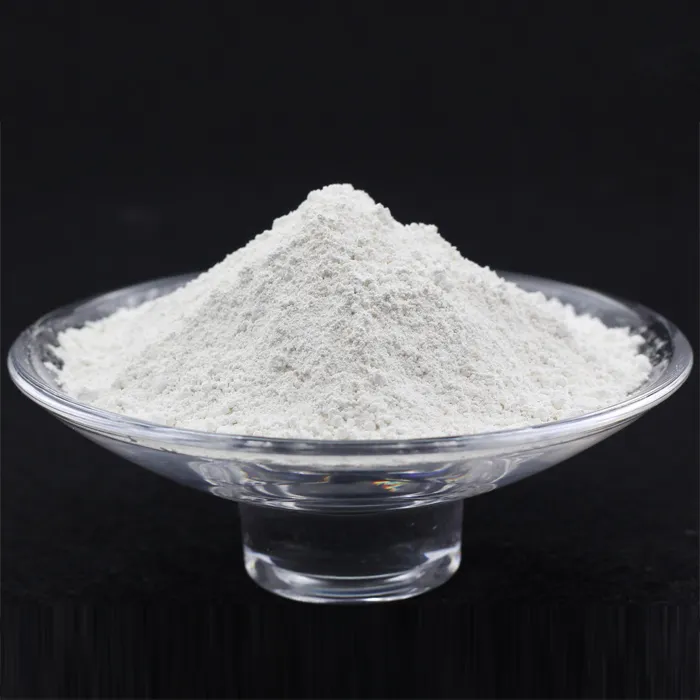Chemical Water Treatment Systems An Overview
Water is an essential resource for all forms of life, growing in importance as populations and industrial activities increase. However, natural water sources are often contaminated, making chemical water treatment systems a crucial aspect of water management. These systems are specifically designed to improve water quality and ensure that it meets safety and health standards for human consumption and environmental protection.
Chemical water treatment systems utilize various chemical processes to remove impurities from water. Common contaminants include sediments, organic matter, bacteria, heavy metals, and toxins. The basic principle behind these systems is to either neutralize, precipitate, or remove these harmful substances from the water, making it safe for its intended use.
One of the most widely used chemical processes in water treatment is coagulation and flocculation. In this process, chemicals known as coagulants are added to raw water. These coagulants, such as alum (aluminum sulfate), help to destabilize colloidal particles, allowing them to clump together into larger aggregates known as flocs. Once the flocs are formed, they can be removed easily through sedimentation or filtration. This step is critical in reducing turbidity and removing suspended solids, which can harbor pathogens.
Another significant method employed in chemical water treatment is disinfection, which is essential to eliminate harmful microorganisms. Chlorination is a popular disinfection method, where chlorine or chlorine compounds are added to water. This process effectively kills bacteria and viruses, ensuring that the treated water is microbiologically safe. However, the formation of disinfection by-products (DBPs) during chlorination has raised health concerns, prompting the exploration of alternative disinfection methods such as ozone treatment and ultraviolet (UV) light disinfection.
chemical water treatment system

pH adjustment is another critical aspect of chemical water treatment. The acidity or alkalinity of water can significantly affect the solubility of metals and other chemicals, influencing the effectiveness of the treatment process. Chemicals such as lime or sulfuric acid may be added to adjust pH levels, optimizing conditions for other treatment processes and preventing corrosion in distribution systems.
In addition to these processes, advanced chemical water treatment technologies are being developed to tackle emerging contaminants that conventional methods may not effectively treat. For example, reverse osmosis and advanced oxidation processes (AOPs) utilize chemical and physical principles to remove micro-pollutants, pharmaceuticals, and endocrine-disrupting chemicals that are increasingly found in water supplies. These technologies play a pivotal role in ensuring that treated water meets stringent regulatory requirements and public health standards.
Moreover, chemical water treatment systems are becoming more efficient and environmentally friendly. The integration of automated control systems and real-time monitoring technologies allows for more precise dosing of chemicals, reducing waste and minimizing the environmental impact. Additionally, many treatment facilities are investing in sustainable practices, such as using biodegradable coagulants or optimizing chemical usage to improve overall system efficiency.
In conclusion, chemical water treatment systems are integral to ensuring clean and safe water for human consumption and environmental sustainability. By employing a combination of coagulation, flocculation, disinfection, pH adjustment, and advanced technologies, these systems effectively address a wide range of contaminants. As water scarcity and pollution issues continue to rise, the importance of improving and innovating chemical water treatment methods will only grow. The future of water treatment lies in finding a balance between effective purification and sustainable practices, ultimately contributing to global water security.

